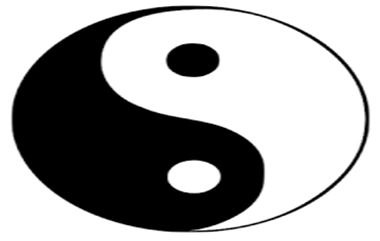Tai chi is often described as meditation in motion and there is growing evidence that this exercise, which originated in China as a martial art, has great value in treating or preventing numerous health issues. Don’t wait for the problems to begin though as the sooner you start, the greater the benefits. However, tai chi can be practiced by anyone even they’re not in the best of shape or health.

Tai chi is a low-impact, slow-motion exercise as you go through a series of motions without pausing. As you move, you breathe deeply and naturally, focusing your attention just as in some types of meditation. Tai chi is different from other types of exercise as the movements are usually circular and never forced, so the muscles are relaxed rather than tensed. The joints are not fully extended or bent and connecting tissues are not stretched. This means that tai chi can be easily adapted for anyone, from the most fit to recovering from surgery. For a fitness and lifestyle blog site, visit gofitnesslifestyle.com
Knowing about tai chi’s roots and Chinese philosophy is not necessary to enjoy its health benefits but some simple terminology might help you understand it a little better:
- Yin and yang — opposing elements thought to make up the universe that need to be kept in harmony and balance. Tai chi is said to promote this balance.
- Qi — an energy force thought to flow through the body which tai chi is said to unblock and encourage the proper flow of qi.

A tai chi class could include these parts:
Easy motions such as shoulder circles, turning the head from side to side, or rocking back and forth to act as a warm up and help you to loosen your muscles and joints, focusing on your body and breathing.
Instruction and practice of tai chi forms. Forms are sets of movements which may include a dozen or fewer movements; long forms may include hundreds. Different styles require smaller or larger movements. A short form with smaller, slower movements is usually recommended at the beginning, especially if you’re older or not in good condition.
Qigong (or chi kung) is translated as breath work or energy work which consists of a few minutes of gentle breathing often combined with movement. The idea is to help relax the mind and mobilize the body’s energy. The great thing is, Qigong can be practiced standing, sitting or lying down.
Just because tai chi is slow and gentle, it still addresses the key components of fitness including muscle strength, flexibility and balance.
Tai chi can improve both lower-body strength and upper-body strength and when practiced regularly, tai chi can be comparable to resistance training and brisk walking. The unsupported arm exercise involved strengthens the upper body. Tai chi can also boost upper and lower body flexibility too. Tai chi improves balance and the ability to sense the position of one’s body in space, which declines with age. This is why it is so good for older people as well. Tai chi helps to train this sense, which is a function of sensory neurons in the inner ear and stretch receptors in the muscles and ligaments.
